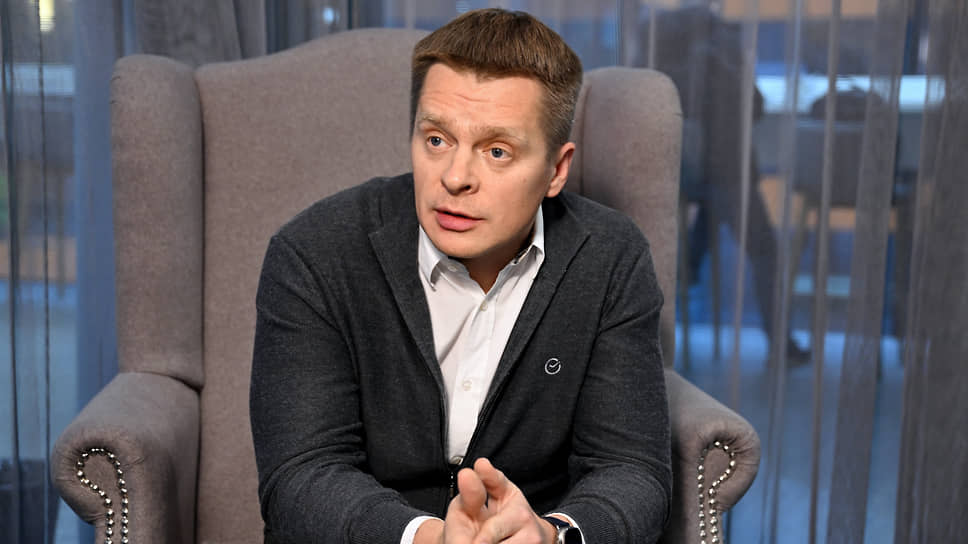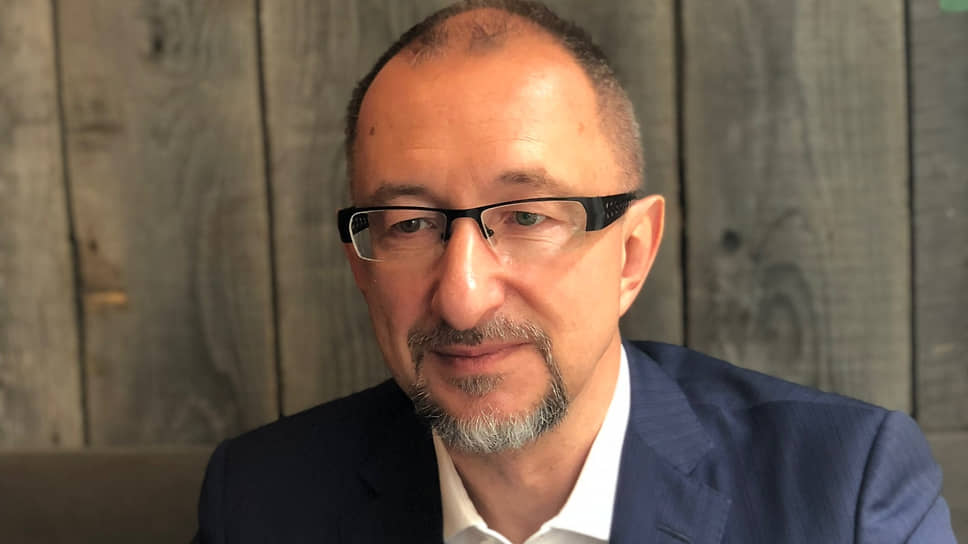Why are student loans not popular in Russia?
[ad_1]
In three months, schoolchildren will begin final exams, and then admission to universities, including on a paid basis. In the Russian Federation, a state educational lending program with quite attractive conditions has been implemented for more than 15 years. But although the number of recipients of funds is growing, their share in the total volume is vanishingly small: in 2023, 52.8 thousand loans were issued, while 1.2 million people became students. The main problem, say market participants, is the low awareness of citizens and the reticence of banks due to questions about the return of the main body of the debt. A number of bankers believe that it is too early to assess payment discipline on such loans and the main problems with their repayment lie ahead.
Waiting to double
The state educational lending program was launched in Russia back in 2007, since then its conditions have been adjusted several times. The latest changes were made in September 2020 by decree of the Russian government. The interest rate for borrowers has been reduced to 3% per annum. The difference with the market rates of banks is subsidized by the state. The repayment period is up to 15 years. The grace period for the loan is nine months after graduation (during this time only interest is paid). You can apply for a loan for any period from a semester to the entire period of study. Guarantors and collateral are not required; the borrower is the student himself, aged from 14 to 75 years.
The decision to issue or refuse a loan is left to the discretion of the bank, but the chances are high. According to the Ministry of Education, in the last three years, the approval rate of applications for educational loans under the state program has been more than 85%.
You can get an educational loan with state support for secondary specialized education, higher and second higher education. The educational institution must have a license from Rosobrnadzor. There are no restrictions on the amount, but the loan is targeted, that is, the money is transferred directly to the educational institution.
According to the ministry, by February 1, 2024, over the entire period of the program, 146.8 thousand loans for higher education were issued, of which 123.3 thousand (more than 84%) were issued in the last three years. In particular, in 2023, 52.8 thousand loans were issued to applicants and university students, and about 20 thousand loans were issued for secondary specialized education. The total loan portfolio under educational loan agreements with state support for students at universities supervised by the Ministry of Education and Science amounted to RUB 38.4 billion as of February 1.
Three banks are currently participating in the state program – Sberbank (since 2010), Almazergienbank (since 2022), RNKB (since 2023). According to the Ministry of Education, 99.7% of contracts concluded in 2023 were with Sberbank, 0.1% with Almazergienbank, 0.2% with RNKB.
Program participants expect a doubling of distributions by the end of 2024. Thus, Sberbank plans to provide 150 thousand educational loans (see interview). “Education is still valued, which means the demand for lending will also grow,” RNKB is confident. In 2023, the bank’s clients issued 657 educational loans (349 for higher education programs and 308 for secondary education programs). In 2024, RNKB expects the volume of lending under the program to increase by 1.5–2 times.
“Banks, including private ones, are showing interest in the program of state support for educational lending. A selection will be announced in February, the results of which are expected to increase the number of banks participating in the program,” the Ministry of Education says.
Credits under the hood
According to Kommersant, a bank from the top 20 by assets plans to join the program in 2024. However, most of the largest market participants did not even want to discuss educational loans, whether through public or private programs. Unofficially, bankers note that this is “a niche product for which it is difficult to predict the return of the principal debt even with subsidized rates.”
Statistics from the Ministry of Education, according to which the percentage of non-repayments on educational loans under the state program is only 0.01%, does not convince bankers. According to Kommersant’s interlocutors, given the long loan term (up to 15 years) and the fact that most of them were issued in recent years, “it is premature to sum up the non-repayments.” Particularly because the majority of borrowers have not yet started paying off the principal debt and are only paying interest on a preferential schedule.
At the same time, according to the financial marketplace Banki.ru, education loans are already provided by nine banks – Sberbank, Almazergienbank, RNKB, as well as Tinkoff Bank, Tatsotsbank, Credit Ural Bank, Databank, Novokib, ” Khlynov.” In addition to the state program, we are talking about our own products, which mainly involve collateral for a loan in the form of a pledge of property or a surety. “Under the hood of such programs are ordinary consumer loans,” emphasizes Inna Soldatenkova, an analyst at Banki.ru.
Sovcombank also announced the presence of its own educational program: “In 2023, we launched as a pilot a targeted loan to pay for higher education in universities in five regions.” The loan is issued both to the future student (from 20 years old) and to his parents. The rate is only 1% per annum, but the amount is limited to 400 thousand rubles, and the loan term is three years. For registration, a signed agreement with the university for the provision of educational services is required.
RNKB also provides cash loans for any consumer purposes, including to pay for education, if it does not fit the conditions of the preferential state program. Since the beginning of 2024, 44 loans worth RUB 4.3 million have been issued for this purpose. Pochta Bank is considering the possibility of launching loan programs for education. According to a study that the bank conducted in 2023 among clients throughout the Russian Federation, 14% of respondents plan to take out a loan to pay for their children’s education at a university.
Tinkoff Bank believes that the state program needs adjustments for expansion, in particular, it is necessary to introduce regional coefficients and include in the loan related expenses for accommodation, equipment, food, travel, etc.
Credit collaborations
Universities believe that the demand for educational loans will grow. Thus, in 2023, 30.5 thousand students entered the Moscow campus of the Presidential Academy, 84% of them on a commercial basis. “An educational loan is one of the important and tangible forms of support for applicants,” says Vladimir Kolodkin, vice-rector of the academy. According to Elena Apasova, Vice-Rector for Strategic Communications of RUDN, over five years the number of paying students has increased by 30%. At the Higher School of Economics, 54% of students study on a paid basis. “The number of contracts for educational loans is growing every year,” they say, specifying that in 2020 there were 593 of them, and in 2023 – more than 2.7 thousand.
The Ministry of Education says that to popularize the state educational lending program, information campaigns are held annually together with the Ministry of Education, educational organizations and banks. But these efforts are not enough to increase the penetration of educational lending, market participants believe.
“An option to increase the availability of lending could be collaborations between banks and major universities, including through the mediation of enterprises and organizations – future employers, which could subsidize part of the rate, similar to state support,” believes Inna Soldatenkova, emphasizing that such a scheme “would not require the diversion of a significant amount of funds from the state budget,” especially taking into account the guarantee of a job, and therefore a source of funds for repayment.
[ad_2]
Source link







